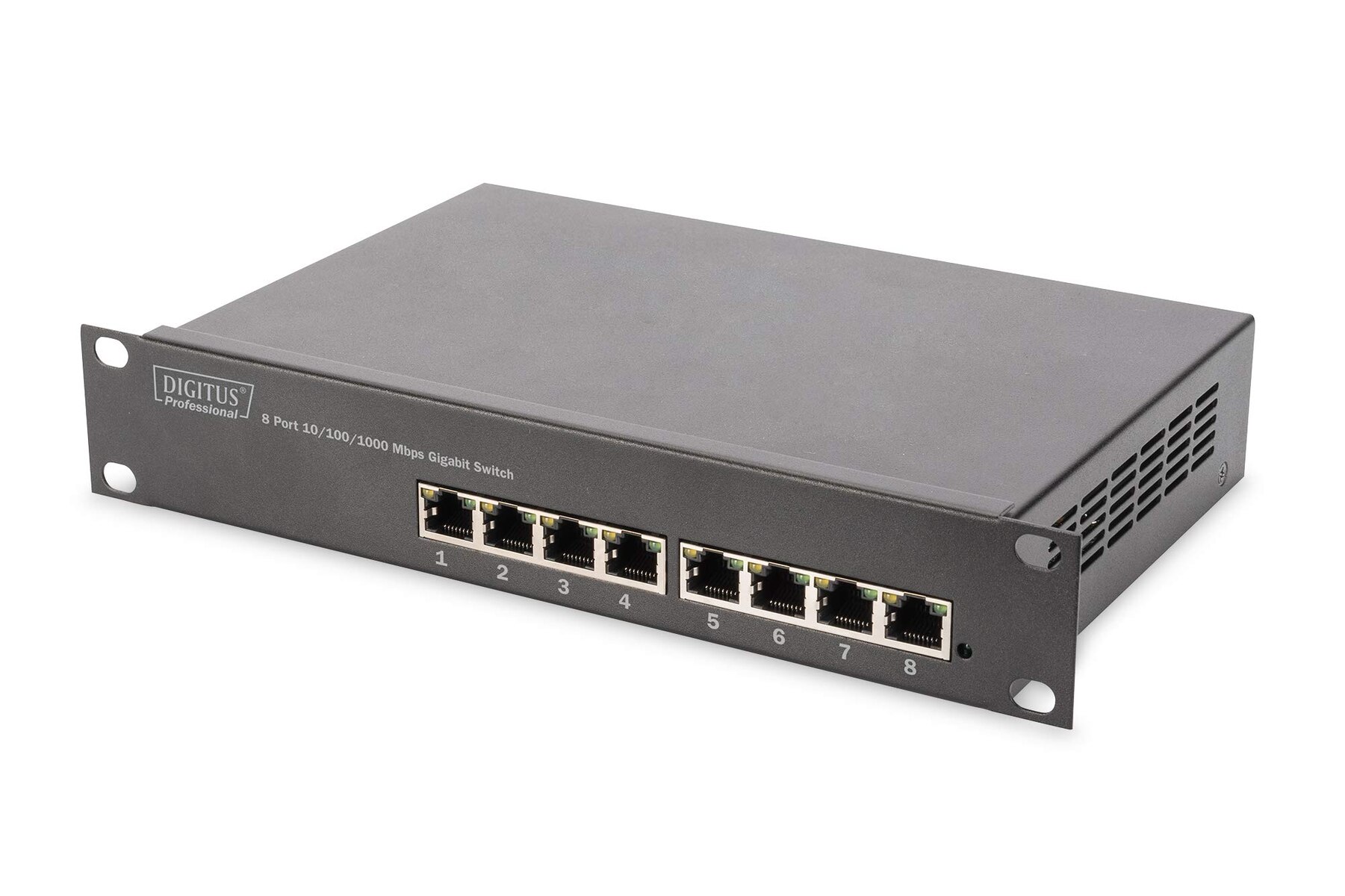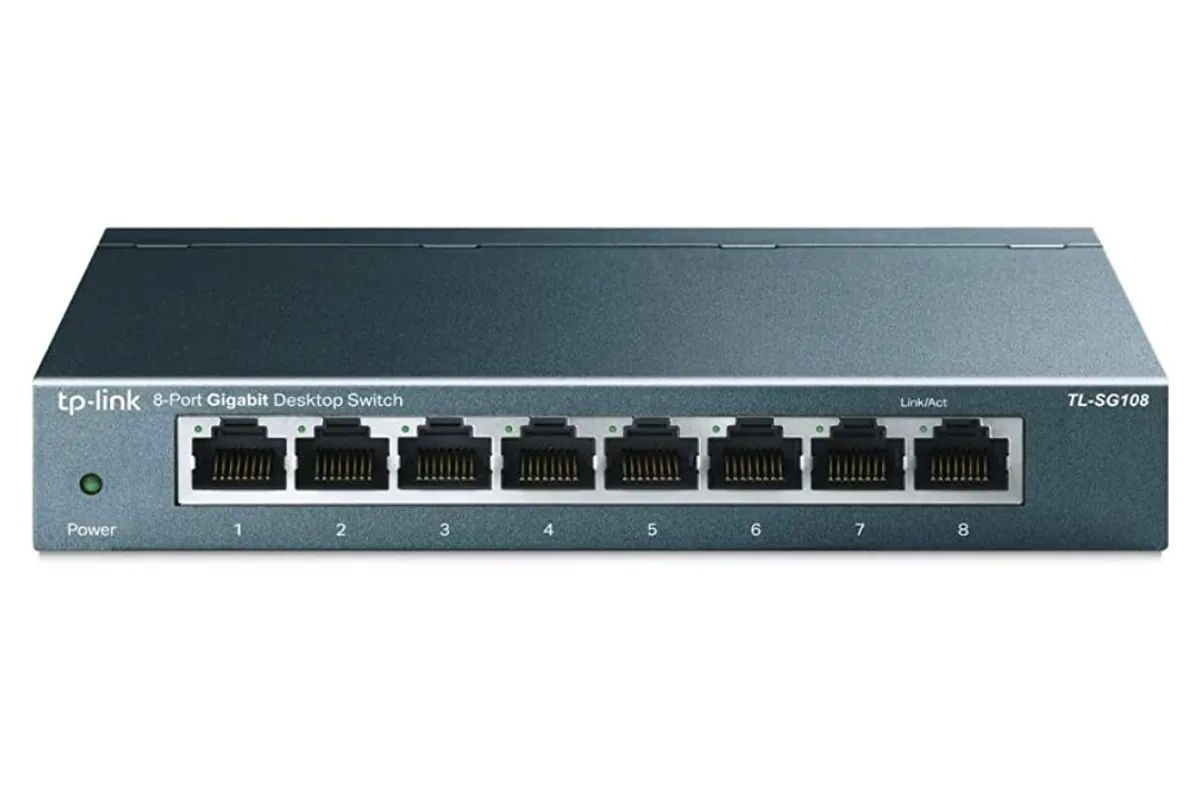**
Introduction
**
In today's fast-paced digital age, seamless connectivity is a necessity, especially when it comes to mobile devices. Whether you're browsing the web, streaming content, or engaging in online gaming, a stable and reliable network connection is vital. However, maintaining a consistent connection can be challenging, particularly when transitioning between different Wi-Fi networks and mobile data. This is where the concept of "Auto Network Switch" comes into play.
Auto Network Switch is a feature designed to enhance the user experience by automatically switching between Wi-Fi and mobile data networks based on signal strength and stability. This intelligent functionality aims to ensure uninterrupted connectivity, allowing users to stay connected without manual intervention, even when moving between different network environments.
The convenience and practicality of Auto Network Switch make it a valuable asset for mobile device users, offering a seamless transition between Wi-Fi and mobile data to maintain a steady and reliable internet connection. As we delve deeper into the workings of Auto Network Switch, we will explore its mechanics, benefits, potential drawbacks, and how to effectively manage this feature to optimize network connectivity.
**
What is Auto Network Switch?
**
Auto Network Switch, also known as Smart Network Switch or Wi-Fi Assistant, is a feature integrated into mobile devices, such as smartphones and tablets, to facilitate seamless network transitions. This functionality enables devices to automatically switch between Wi-Fi and mobile data networks based on predefined criteria, ensuring uninterrupted connectivity and optimal network performance.
When a device is equipped with Auto Network Switch, it constantly monitors the strength and stability of available Wi-Fi and mobile data connections. If the Wi-Fi signal weakens or becomes unstable, the device will seamlessly transition to the mobile data network to maintain a consistent and reliable internet connection. Conversely, when a strong and stable Wi-Fi signal is detected, the device will switch back to Wi-Fi, prioritizing this network over mobile data to conserve data usage and provide faster connection speeds.
Auto Network Switch is particularly beneficial in scenarios where Wi-Fi signals fluctuate, such as when moving between different access points or when encountering congested Wi-Fi networks. By automatically managing network transitions, this feature aims to deliver a smooth and uninterrupted online experience, mitigating the impact of network instability and ensuring continuous connectivity.
Moreover, Auto Network Switch is designed to operate seamlessly in the background, requiring minimal user intervention. This hands-free approach simplifies the user experience, allowing individuals to stay connected without the need to manually toggle between Wi-Fi and mobile data networks, ultimately enhancing convenience and usability.
As we unravel the mechanics and implications of Auto Network Switch, it becomes evident that this feature plays a pivotal role in optimizing network connectivity, elevating the overall user experience, and addressing the challenges associated with network transitions in dynamic environments.
**
How does Auto Network Switch work?
**
Auto Network Switch employs a sophisticated algorithm to dynamically assess and manage network connectivity, ensuring a seamless transition between Wi-Fi and mobile data networks. The functionality of Auto Network Switch can be broken down into several key components that collectively contribute to its efficient operation.
First and foremost, Auto Network Switch continuously monitors the available Wi-Fi and mobile data networks, evaluating factors such as signal strength, stability, and data speed. This real-time assessment allows the device to make informed decisions regarding network transitions, prioritizing the network that offers the most reliable and efficient connection at any given moment.
When the Wi-Fi network signal weakens or becomes unstable, Auto Network Switch swiftly initiates a seamless transition to the mobile data network, ensuring uninterrupted connectivity. This automatic switch aims to mitigate the impact of fluctuating Wi-Fi signals, allowing users to maintain a consistent internet connection without experiencing disruptions or delays.
Conversely, when a strong and stable Wi-Fi signal is detected, Auto Network Switch seamlessly reverts to the Wi-Fi network, capitalizing on its benefits such as faster data speeds and reduced data usage. By intelligently managing these transitions, the feature optimizes network performance and user experience, aligning with the user’s preferences and network conditions.
Furthermore, Auto Network Switch operates in the background, requiring minimal user intervention. This hands-free approach enhances the overall user experience, allowing individuals to stay connected without the need to manually toggle between Wi-Fi and mobile data networks. The seamless and automatic nature of this feature underscores its role in simplifying network management and ensuring consistent connectivity.
Overall, Auto Network Switch’s functionality is rooted in its ability to assess, prioritize, and transition between Wi-Fi and mobile data networks in a manner that optimizes network performance and user experience. By leveraging intelligent algorithms and real-time network evaluations, this feature aims to provide a reliable and uninterrupted internet connection, regardless of the prevailing network conditions.
Pros and Cons of Auto Network Switch
Auto Network Switch offers several advantages and drawbacks that warrant consideration when evaluating its impact on network connectivity and user experience.
Pros:
-
Seamless Connectivity: Auto Network Switch facilitates seamless transitions between Wi-Fi and mobile data networks, ensuring uninterrupted connectivity as users move between different network environments.
-
Optimized Performance: By automatically prioritizing the most stable and efficient network, Auto Network Switch aims to optimize network performance, providing users with a reliable and consistent internet connection.
-
Convenience: The hands-free operation of Auto Network Switch simplifies network management, eliminating the need for manual intervention when switching between Wi-Fi and mobile data networks.
-
Data Conservation: When a strong Wi-Fi signal is detected, Auto Network Switch seamlessly switches to Wi-Fi, conserving mobile data usage and potentially reducing associated costs.
-
Enhanced User Experience: The automatic management of network transitions enhances the overall user experience by minimizing disruptions and delays commonly associated with network instability.
Cons:
-
Potential Data Usage Concerns: While Auto Network Switch aims to conserve data usage by prioritizing Wi-Fi, there is a risk of inadvertently consuming mobile data if Wi-Fi signals are weak or unstable, potentially leading to increased data charges.
-
Limited User Control: Some users may prefer manual control over network transitions, especially in scenarios where they have specific preferences for Wi-Fi or mobile data usage.
-
Battery Consumption: The continuous monitoring and management of network connectivity by Auto Network Switch may contribute to increased battery consumption, potentially impacting device longevity.
-
Network Fluctuations: In dynamic network environments with rapidly fluctuating signals, Auto Network Switch may encounter challenges in accurately determining the most suitable network, leading to potential interruptions in connectivity.
-
Privacy Concerns: Automatic network switching may raise privacy concerns for users who prefer to have more control over their network connections, especially when transitioning between public and private networks.
How to Enable or Disable Auto Network Switch
Enabling or disabling Auto Network Switch on a mobile device involves navigating through the device’s settings to access the appropriate network management options. The specific steps for enabling or disabling this feature may vary based on the device’s operating system and manufacturer. Below are general guidelines for enabling or disabling Auto Network Switch on Android and iOS devices:
Android Devices:
To enable or disable Auto Network Switch on an Android device, follow these general steps:
- Open the "Settings" app on your Android device.
- Select "Connections" or "Network & Internet" from the settings menu, depending on your device’s configuration.
- Locate and tap on "Wi-Fi" to access Wi-Fi settings.
- Tap the three-dot menu icon or the "More" option, then select "Advanced" or "Advanced Wi-Fi" settings.
- Look for the "Auto Network Switch" or "Smart Network Switch" option and toggle it on or off based on your preference.
iOS Devices:
For iOS devices, the process of enabling or disabling Auto Network Switch may differ based on the device model and iOS version. However, the following steps provide a general overview:
- Launch the "Settings" app on your iOS device.
- Tap "Wi-Fi" to access Wi-Fi settings.
- Scroll down to locate the "Auto-Join Hotspot" option and toggle it on or off based on your preference. This setting may be related to the device’s ability to automatically switch between Wi-Fi networks.
It’s important to note that the terminology and location of the Auto Network Switch feature may vary across different device models and software versions. Users are advised to consult their device’s user manual or the manufacturer’s official support resources for specific instructions tailored to their device.
By following these general guidelines, users can effectively manage the Auto Network Switch feature on their mobile devices, enabling or disabling it based on their connectivity preferences and network management requirements.
Conclusion
Auto Network Switch serves as a valuable asset in the realm of mobile connectivity, offering a seamless and automated approach to managing network transitions. By intelligently assessing Wi-Fi and mobile data networks and dynamically switching between them based on signal strength and stability, this feature aims to provide users with uninterrupted connectivity and optimized network performance.
While Auto Network Switch presents notable benefits such as seamless connectivity, optimized performance, and enhanced user experience, it also introduces considerations related to data usage, user control, battery consumption, network fluctuations, and privacy. These factors underscore the importance of understanding and managing this feature in alignment with individual preferences and network conditions.
Enabling or disabling Auto Network Switch involves navigating through device settings to access the appropriate network management options. By following general guidelines tailored to Android and iOS devices, users can effectively manage this feature, aligning it with their connectivity preferences and network management requirements.
As technology continues to evolve, the seamless integration of features like Auto Network Switch contributes to a more streamlined and user-centric mobile experience. By leveraging intelligent algorithms and automated network management, Auto Network Switch plays a pivotal role in addressing the challenges associated with network transitions, ultimately enhancing the reliability and continuity of mobile connectivity.
As users navigate the dynamic landscape of digital connectivity, the role of Auto Network Switch in optimizing network performance and simplifying network management remains a noteworthy aspect of the mobile user experience. By understanding its mechanics, benefits, drawbacks, and management options, individuals can harness the potential of Auto Network Switch to ensure consistent and reliable connectivity in an increasingly interconnected world.

























